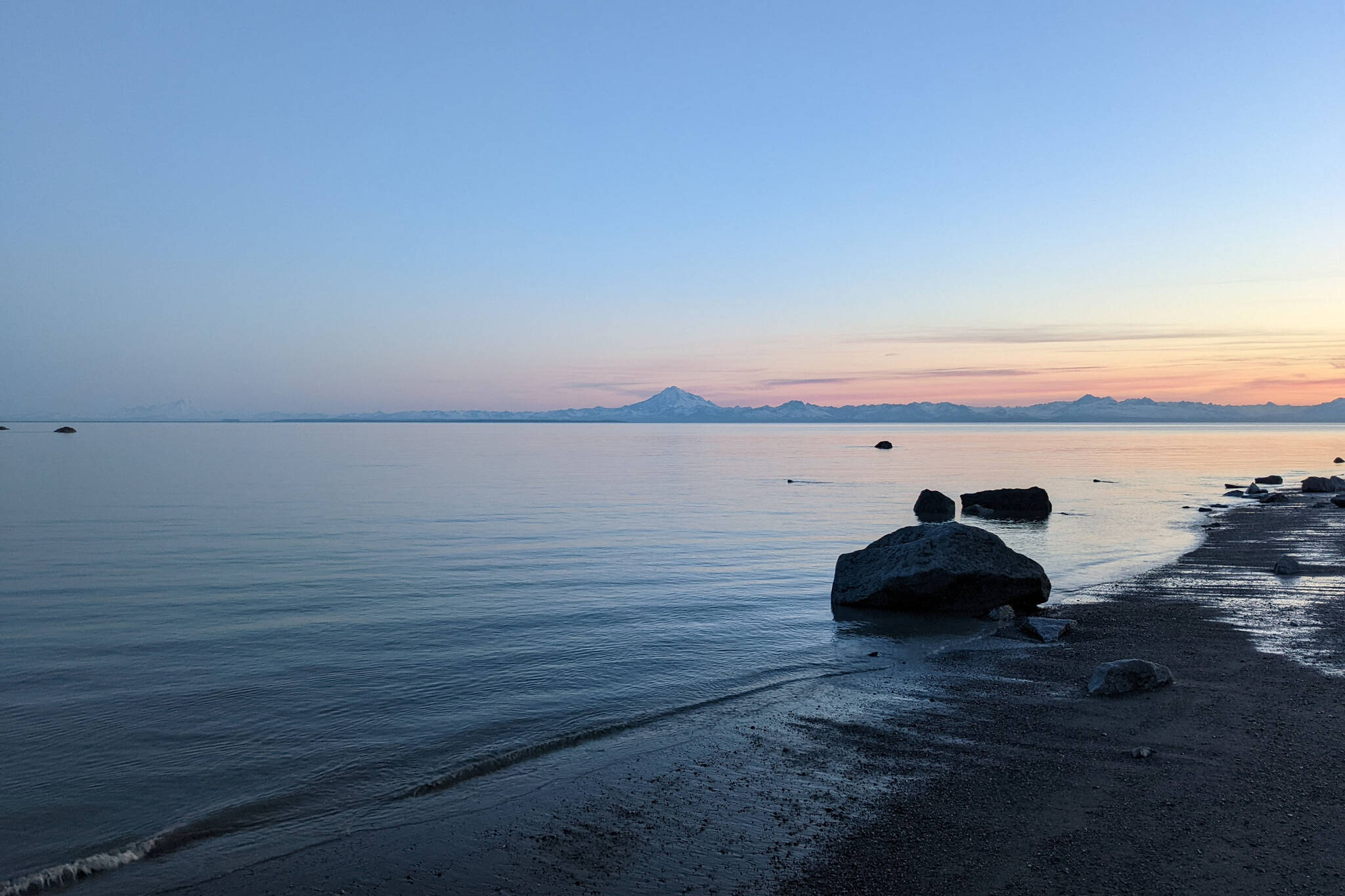Dear Board Members,
We are writing to express our concern regarding HEA’s inaction on finding both short- and long-term solutions to the energy crisis our communities face. Reserves of natural gas in Cook Inlet are declining, and the only company still willing to extract them (Hilcorp) is poised for an exit from the region. The Alaska Department of Natural Resources (DNR) estimates that demand will exceed supply for Cook Inlet’s natural gas by 2027. Why not use this opportunity to invest in renewables and create energy independence in Alaska for the long term?
As you know, Hilcorp is refusing to guarantee a natural gas supply beyond the life of its existing contracts. HEA currently generates around 85% of its electricity from Cook Inlet natural gas, and its contract for the cheap natural gas that powers homes and businesses on the peninsula is up in March of 2024.
As concerned members of the cooperative and electricity consumers, it appears to us that HEA’s plan is to rely on natural gas from ENSTAR, whose lease with Hilcorp expires in 2033. This is a short-term option that will likely result in rising prices for consumers across the peninsula.
And what next? Imported LNG from out of state or out of country? Not only would this increase costs by up to 30%. it would also tie HEA to continued reliance on fossil fuels and increase the potential for dangerous leaks into Cook Inlet. Furthermore, the aging LNG plant in Nikiski would require massive — and expensive — renovations to function as an import facility.
Resurrecting the proposed LNG pipeline from the North Slope is not economically viable without billions of dollars in subsidies from the state government, which is already struggling financially. Talk of an LNG pipeline has continued for decades with no result. The LNG pipeline is also not a long-term solution. Even the North Slope oil and gas fields will run out eventually because fossil fuels, as DNR Commissioner John Boyle reminded Alaska Legislators earlier this year, are a finite resource. There is a deadline for Alaskans in general, and residents of the Kenai Peninsula in particular, to find better solutions.
Renewable energy is a viable option for Alaska and is rapidly becoming a less expensive alternative to continued investment in aging oil and gas infrastructure and declining reserves.
Kodiak currently generates 99% of its power from wind and hydro. Kotzebue is displacing 250,000 to 300,000 gallons of diesel every year using wind energy. And Unalaska is currently planning a geothermal project.
Here on the Kenai, the use of renewables could provide relief from rising energy costs for consumers as well as a sustainable path into the future of energy production. Cook lnletkeeper has developed a map of renewable energy potential in Cook Inlet based on several national and regional studies. If HEA were to invest directly in infrastructure for renewables rather than waiting for independent producers to appear on the energy market, we could make significant progress toward energy independence on the peninsula.
At its current pace, HEA will fail to meet its stated goal of 50% renewable energy by 2025. By 2027, when Cook Inlet natural gas supply will no longer meet consumer demand, the cooperative’s own estimates place it at only 25% renewable energy. We cannot afford to wait any longer. We must begin actively diversifying our energy portfolio and building renewable energy infrastructure for future generations in Alaska. The future begins now.
The Sisterhood for Sustainable Futures is a group of varying individuals from all walks of life who read about solutions to the climate crisis and discuss how to enact positive change within our community here on the Kenai Peninsula. Our goal is to raise awareness of effective and practical ways for the central Kenai Peninsula to meet the changing climate and to engage the community to put those solutions into action.


